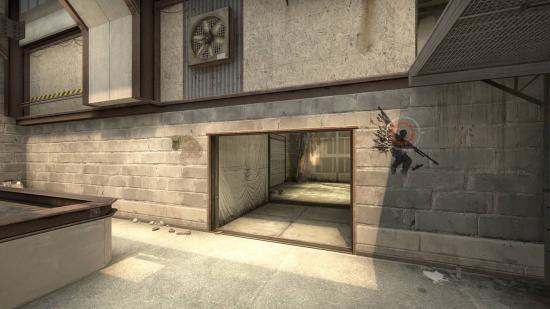Bridal Bliss Insights
Your go-to blog for all things weddings, trends, and bridal elegance.
Mapception: Exploring the Layers of CS:GO Maps
Dive into the mind-bending layers of CS:GO maps! Uncover secrets, strategies, and insights that elevate your game to the next level!
Understanding the Tactical Layers of CS:GO Maps
Understanding the tactical layers of CS:GO maps is crucial for any player looking to elevate their gameplay. Each map is designed with a unique set of strategic elements that influence gameplay dynamics. For instance, the layout of a map can dictate how teams approach objectives, with areas of control and choke points playing significant roles in tactical planning. Players should familiarize themselves with the map’s geography, including high-ground positions, sightlines, and potential ambush spots, all of which form the backbone of a team's strategy.
Each tactical layer on CS:GO maps also involves understanding the flow of the game, which can be segmented into several phases:
- Early Game: Players scout and gain information.
- Mid Game: Teams execute strategies based on this information.
- Late Game: Decision-making becomes critical as resources and time dwindle.

Counter-Strike is a popular first-person shooter franchise that has captivated gamers worldwide. Players engage in intense team-based combat, with the goal of completing objectives or eliminating opponents. For those looking to enhance their gameplay, mastering techniques like the jump throw bind cs2 can significantly improve their performance in matches.
How Map Design Influences Gameplay in CS:GO
Map design plays a crucial role in shaping the overall gameplay experience in CS:GO. Each map is meticulously crafted to create opportunities for team strategies and individual skill expression. For instance, maps such as Dust II and Mirage are designed with specific paths and choke points that encourage tactical gameplay and teamwork. Players must familiarize themselves with the layout, utilizing map awareness to gain a strategic advantage. The varying terrain, cover objects, and sightlines allow for diverse engagement scenarios, fostering a deep understanding of positioning and timing.
Furthermore, the design elements of a map can significantly influence players' decision-making and playstyle. In this regard, maps can be categorized into two types: open maps and closed maps. Open maps provide long sightlines and expansive areas that favor snipers and long-range combat, while closed maps contain more tight corners that benefit close-quarters engagements. A well-balanced map offers a mix of both, encouraging players to adapt their strategies based on their team's strengths and the enemy's positioning. Ultimately, the thoughtful design of maps in CS:GO is integral to promoting engaging and dynamic gameplay experiences.
What Are the Key Features of Popular CS:GO Maps?
Counter-Strike: Global Offensive (CS:GO) features a variety of maps, each designed with unique characteristics that cater to strategic gameplay. Among the popular maps, Dust II stands out for its balance and straightforward design, making it perfect for both new players and veterans alike. The layout offers two bomb sites, ample cover, and numerous chokepoints, enabling players to develop diverse tactics. Another prominent map, Inferno, is noted for its tight corners and verticality, fostering intense close-quarter battles and strategic team play, especially in the narrow corridors.
Beyond individual play styles, certain key features define the overall experience of these maps. For instance, many popular CS:GO maps include elements such as sound cues and environmental storytelling that add depth to the gameplay. The majority of these maps are designed with competitive play in mind, incorporating dynamic lighting and interactive objects to enhance realism. Additionally, map rotations and seasonal updates ensure a constantly evolving landscape, keeping the gameplay fresh and engaging for all players. Understanding these features can significantly improve a player's performance and enjoyment in CS:GO.